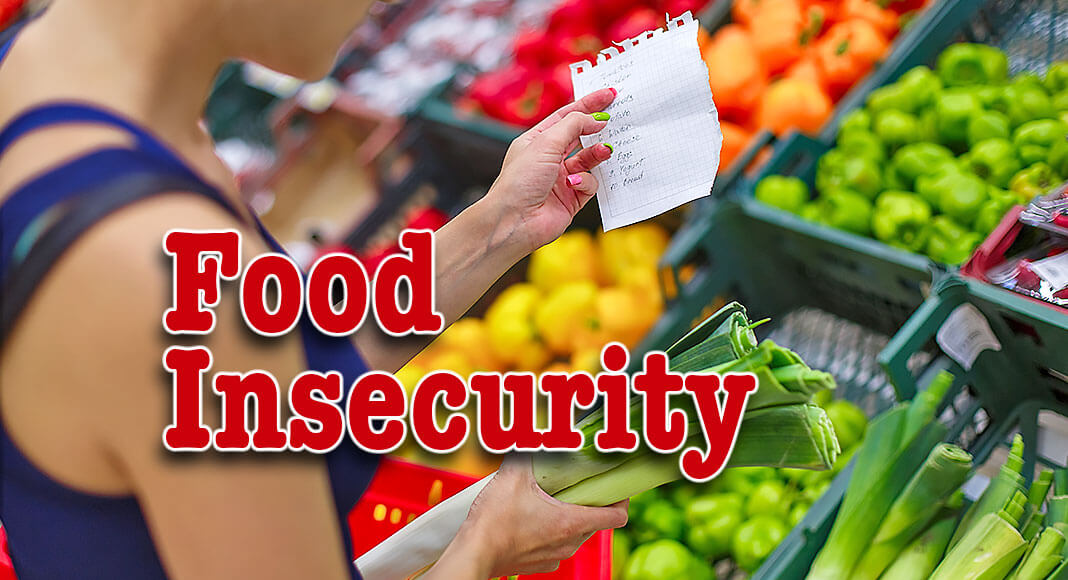
Mega Doctor News
CDC – Millions of people across America have problems accessing enough food or enough healthy food—known as food and nutrition insecurity. This can increase the risk for type 2 diabetes and affect how people with diabetes manage their health. Learn how food and nutrition insecurity can increase the risk of type 2 diabetes and affect diabetes management.
Healthy eating is an important part of managing blood sugar levels and can help prevent type 2 diabetes. But nutritious foods can be expensive. For people who already have diabetes, buying healthy foods can compete with health care expenses for medicines, devices, and supplies.
What Is Food and Nutrition Insecurity?
Food and nutrition insecurity is a term to describe when someone is unable to access or afford enough food or enough nutritious food for their overall health and well-being. Food and nutrition insecurity doesn’t always mean that someone goes without food; it can mean that they’re not getting the healthiest kind of food. This can be because nutritious foods may be hard to find in some communities or because they can be too expensive for many to afford. And this problem is seen among many people who live with health conditions like diabetes.
What Causes Food and Nutrition Insecurity?
The causes of food and nutrition insecurity are complicated. Most food and nutrition insecurity problems are related to social determinants of health, such as:
- Low income or unemployment.
- Lack of access to nutritious foods.
- Lack of affordable housing.
- Lack of access to health care.
These causes make it hard to solve food and nutrition insecurity. The good news is that there are many programs at the national, state, and local levels that can provide food assistance.
Why Does Food and Nutrition Insecurity Put People at Higher Risk of Type 2 Diabetes?
Research shows that food and nutrition insecurity puts people at risk of developing type 2 diabetes. In fact, adults who experience food and nutrition insecurity are 2 to 3 times more likely to have diabetes than people who do not experience food and nutrition insecurity.
Nutritious foods may be too expensive for some people, which limits healthy food choices. Foods that are cheaper and easier to get tend to be lower-quality foods that are high in added sugars, saturated fat, and sodium (salt). While these foods can provide plenty of calories to get someone through the day, they can also increase the risk of developing type 2 diabetes.
How Does Food and Nutrition Insecurity Affect Diabetes Management?
For people who already have diabetes, food and nutrition insecurity can affect how well they manage their diabetes. Experiencing food and nutrition insecurity while having diabetes can lead to higher A1c levels, diabetes-related complications, hospitalizations, and poor mental health.
A diet that includes plenty of vegetables, fruits, and lean proteins is important for diabetes management. But some of these foods can cost more than foods that are high in calories but low in nutrition. While lower nutritional foods can cost less and provide plenty of calories, they can cause frequent spikes in blood sugar levels (hyperglycemia), which can increase the risk of diabetes-related complications like nerve damage or vision loss.
Some people with diabetes may only be able to afford enough food to eat once a day, which can also make it hard to manage their diabetes. Skipping meals can increase the risk of hypoglycemia (low blood sugar) and can be dangerous.
Health care costs twice as much for people with diabetes as those who don’t have diabetes. As a result, some people with diabetes often have to choose whether to treat their diabetes or put food on the table (sometimes called “treat or eat”). To save money, people may find themselves putting off filling prescriptions, reusing needles, and checking their blood sugar less often than recommended. This can be dangerous and can lead to serious diabetes-related complications.
With the help of food assistance programs, low-cost medicine programs, and tips on how to eat healthy on a tight budget, people with diabetes can save on diabetes costs and manage it too. For example, buying frozen fruits and veggies, using coupons, and buying generic can help save money. It’s also important to know that a diabetes care and education specialist can help people with diabetes create a meal plan that fits their lifestyle and budget.
How Can People Get Help for Food and Nutrition Insecurity?
No one should have to decide whether they’re going to “treat or eat” any day of the week. Help is available. Anyone having a hard time accessing healthy food can check their community for a food bank or food pantry. They may also qualify for the Supplemental Nutrition Assistance Program (SNAP). People seeing a doctor for diabetes care can also talk to their doctor about any challenges they may be having. Doctors may be able to provide information and resources on different food and nutrition programs, budget-friendly diabetes meal plans, saving money on diabetes care, coping strategies, and even adjust medicine if needed.









